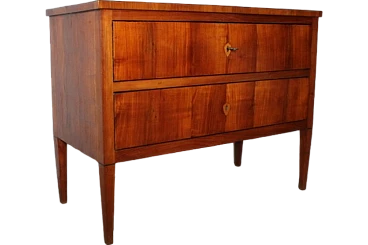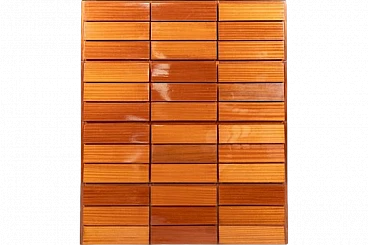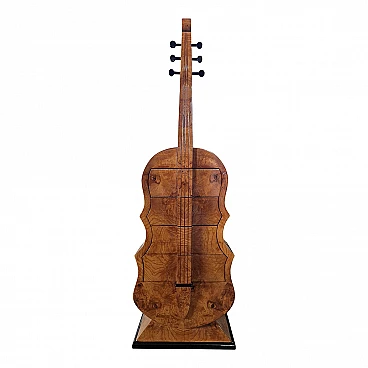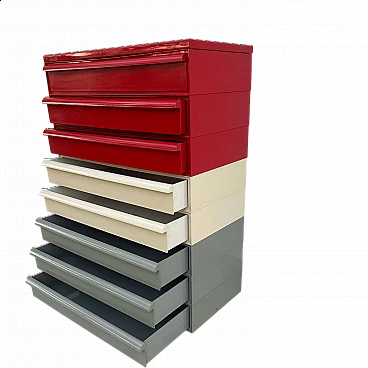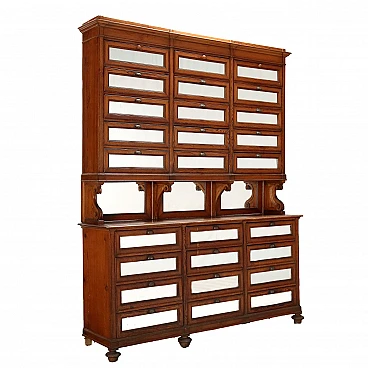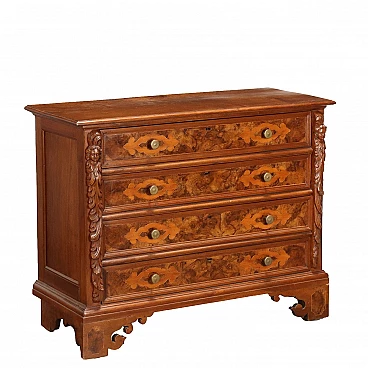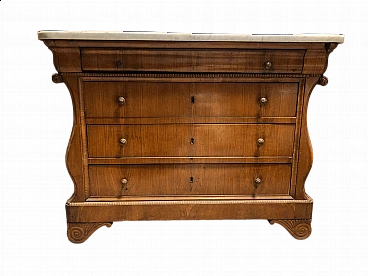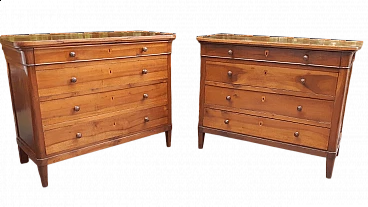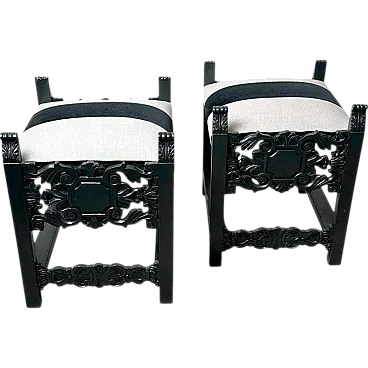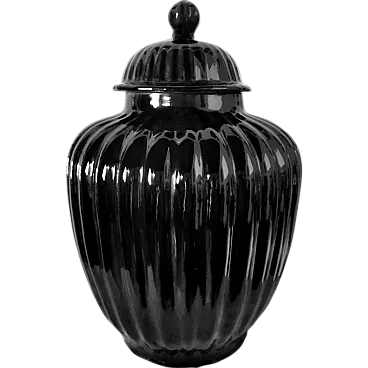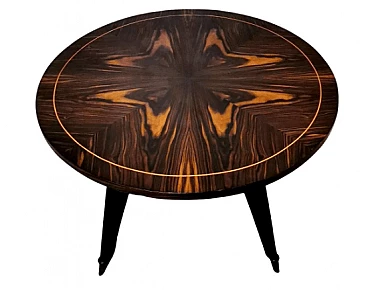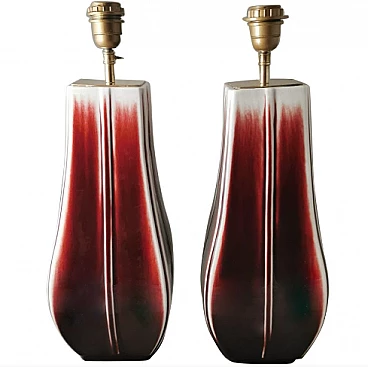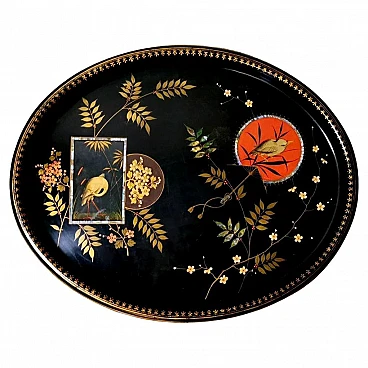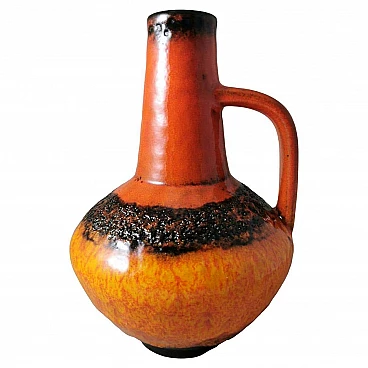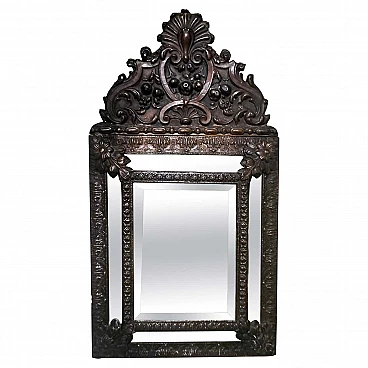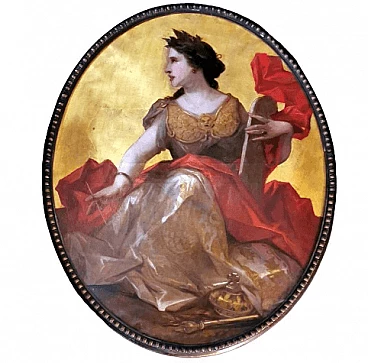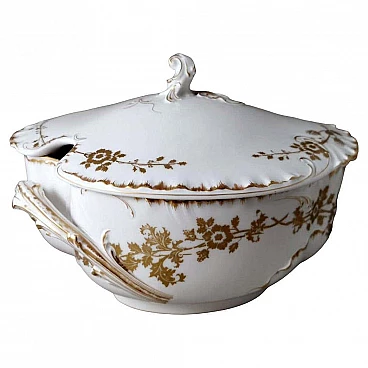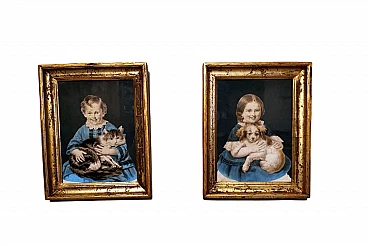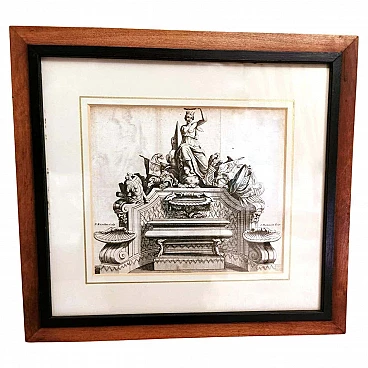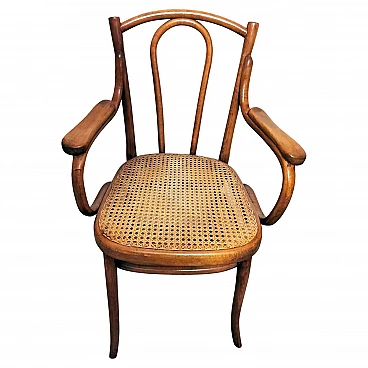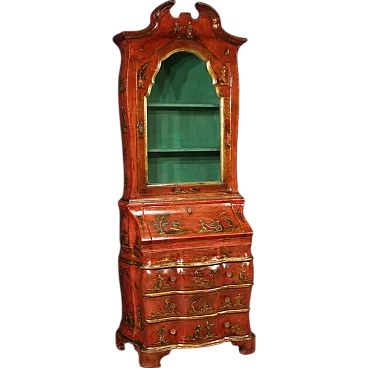Louis Philippe style French dressing table in walnut; the top has nice soft moulding, is hinged so you can stand up perpendicular to the cabinet and has a mirror inside; the fake drawer under the top is divided into comfortable and deep compartments; there are also two other practical drawers equipped with handles; the whole is supported by four "cabriole" legs joined at the bottom by a useful shelf. With this type of legs, the design becomes very pleasing, well-proportioned and elegant. The entire piece of furniture was created by applying different colored walnut slabs to the surfaces, thus creating a pleasant and refined geometric design. The most interesting and convincing feature of this object is therefore the workmanship with which it was made: the "veneering". The exact term is the Italian "lastronatura" which cannot be translated into English, in fact "lastronatura" is very different and older than "wood veneer". This craft technique already spread in the sixteenth century and remained unchanged until the mid-nineteenth century, before the industrial revolution; it consisted of cutting tree trunks of noble wood (walnut, briar, feather, etc.) into many layers of variable thickness from 4 to 6 millimeters, which were then applied to the furniture for decorative purposes; the finishing of this process was very complex: the layer of wood was treated with natural earth dissolved in water to the desired shade, it was antiqued with stone, fixed with shellac applied with a brush, and finally the polishing was carried out in 12 steps with a wad soaked in shellac, straw oil with pumice stone powder. Veneering should not be confused with veneering which is a modern process, in fact the layer of wood is cut by machine and the thickness is less than 1 mm, while that of veneering, as already mentioned, ranges from 4 to 6 mm. This ancient technique, applied to our furniture, has allowed us to enhance the colours, the flames and the veins of the precious European walnut. The piece of furniture was created by true master craftsmen between 1870 and 1875 in an artisan workshop in the city of Pont-de-Beauvoisin, a French commune in the Isère department, nicknamed the city of furniture for its ancient tradition of working with wood, a fascinating and sophisticated piece of furniture, captivating and versatile, easily placed in any environment. The Louis Philippe style, which developed in France in the mid-19th century, is characterized by solid forms and refined decorations and aims to enhance the practicality and functionality of furniture. The lines of the furniture are straight and sober and the shapes are softened by rounded corners and rounded elements. The most used woods are dark ones, such as mahogany, walnut and rosewood.
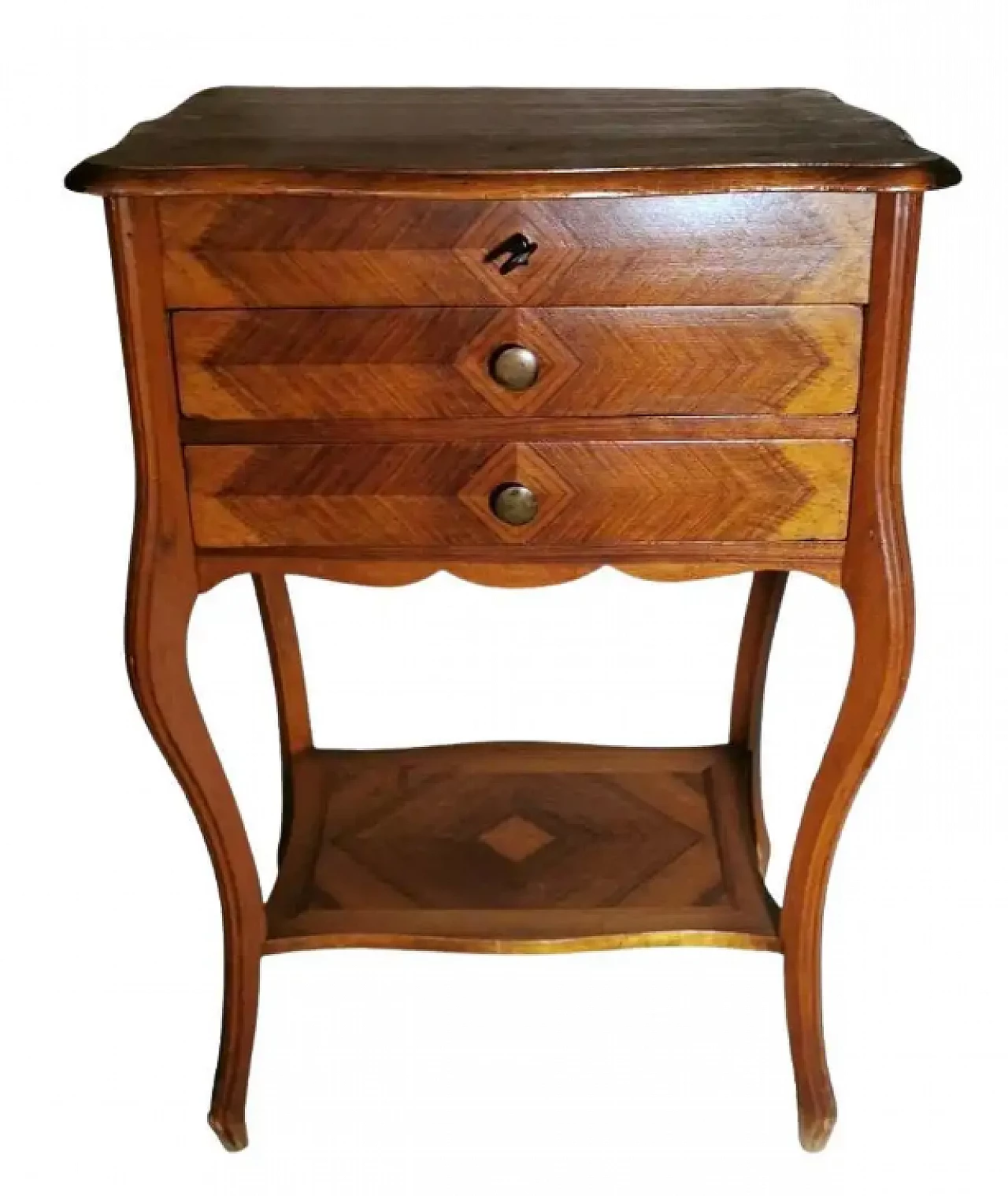
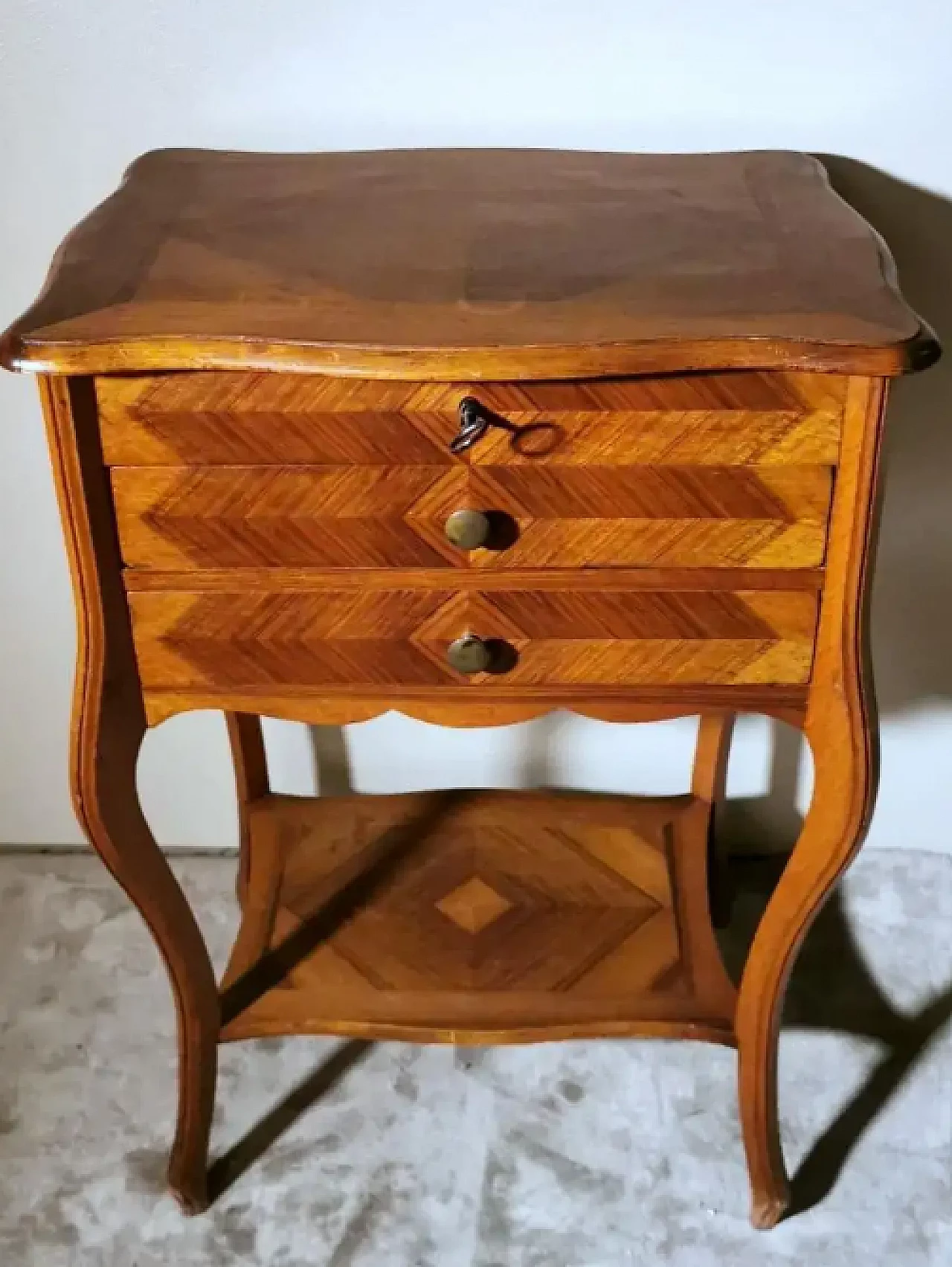
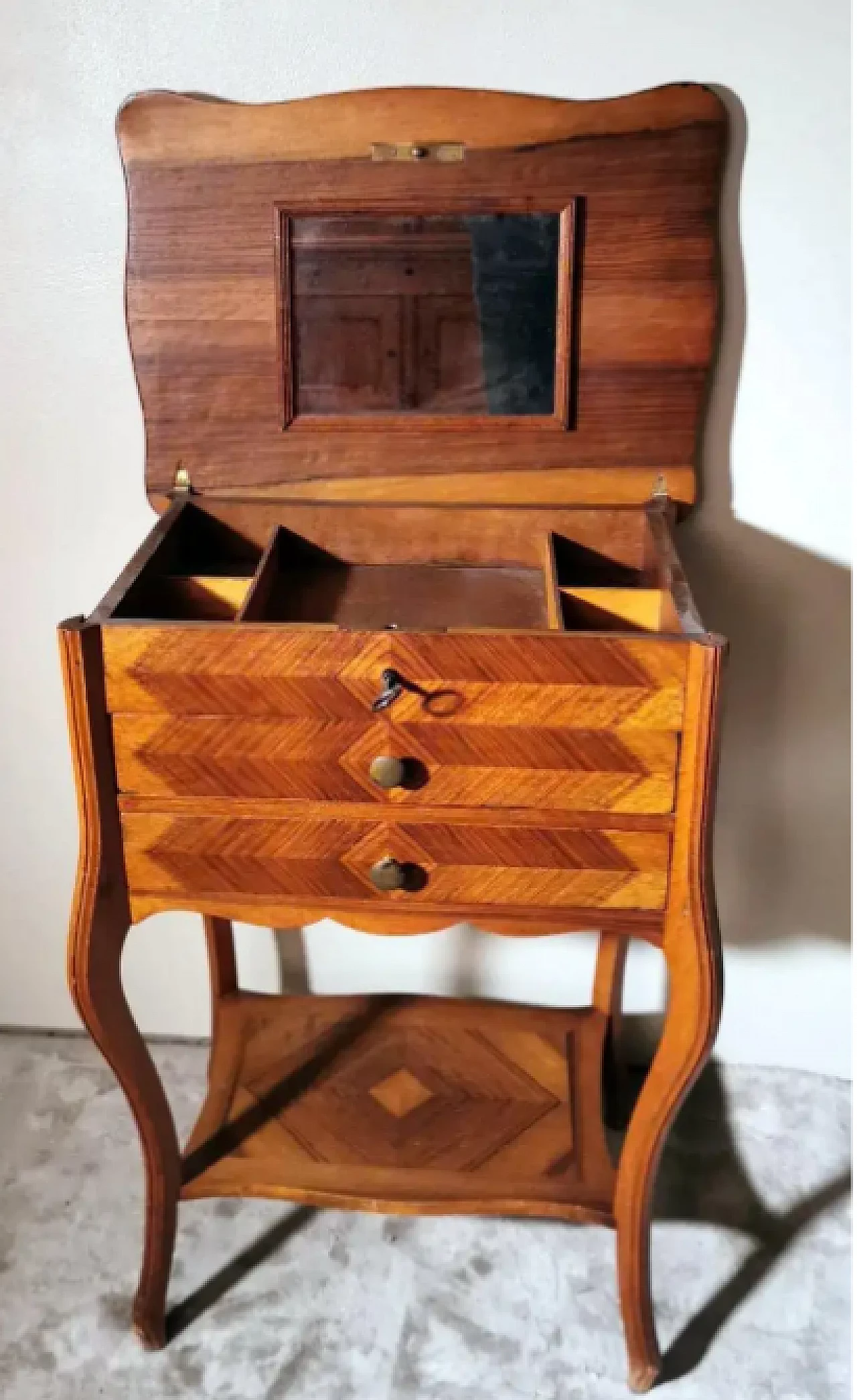
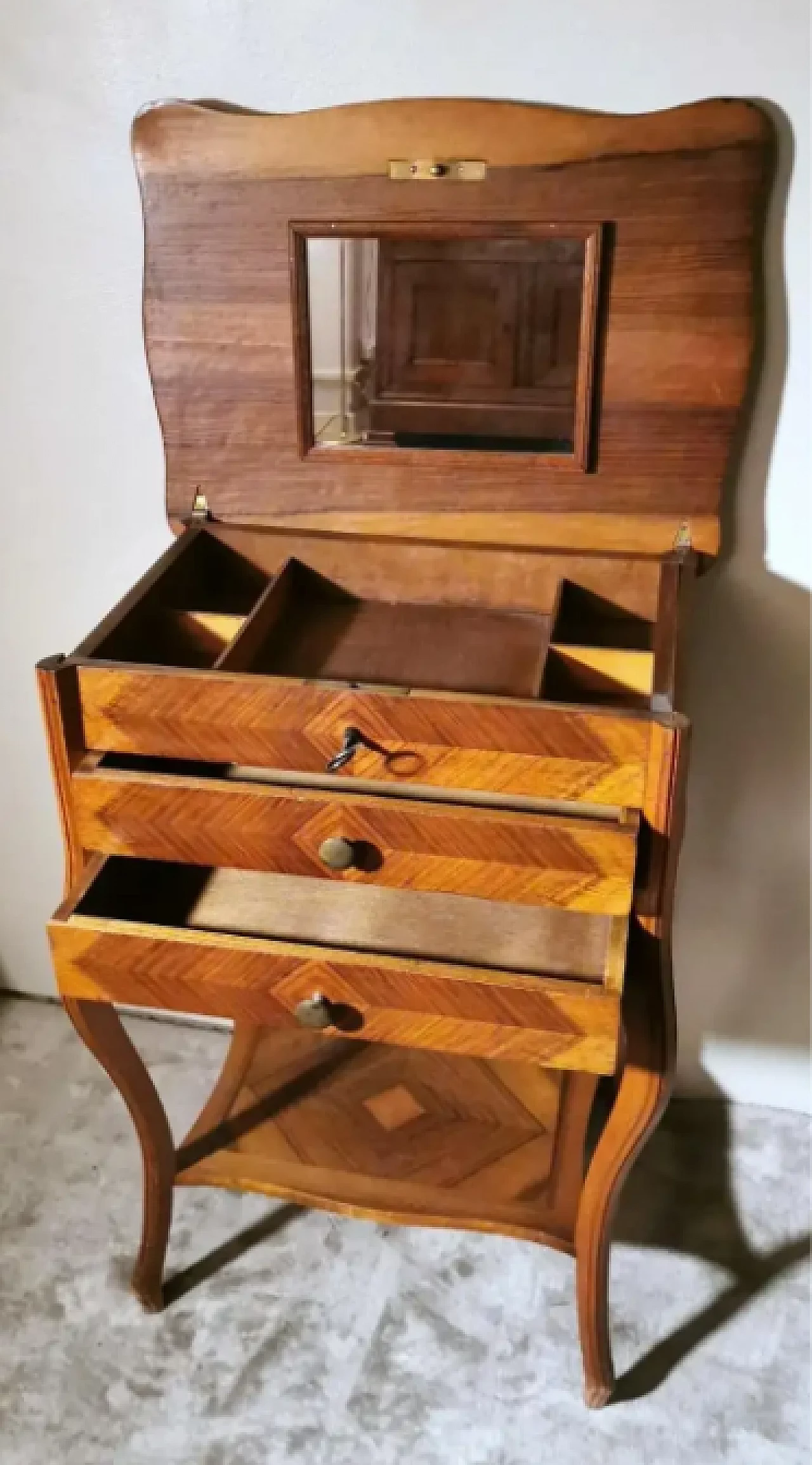
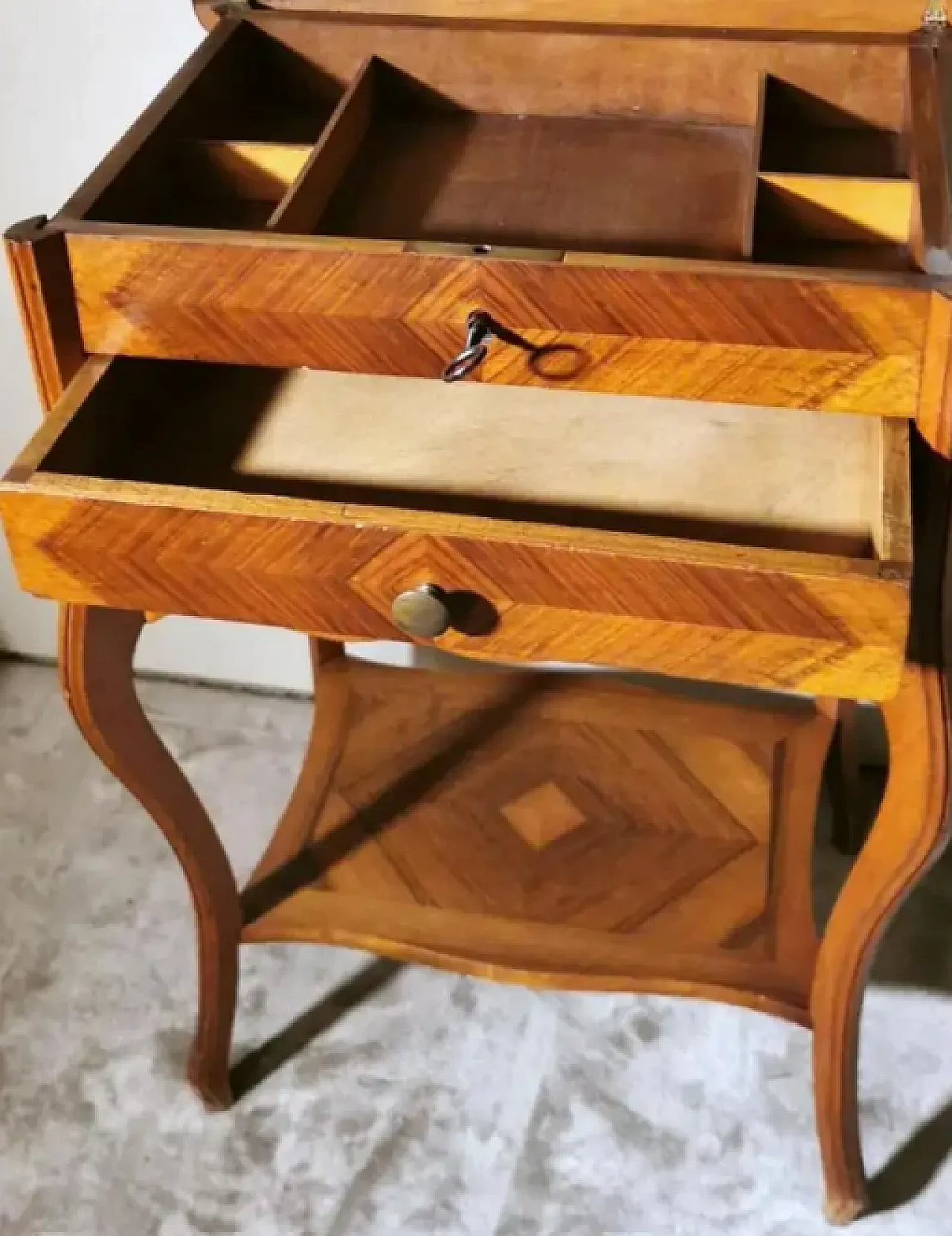
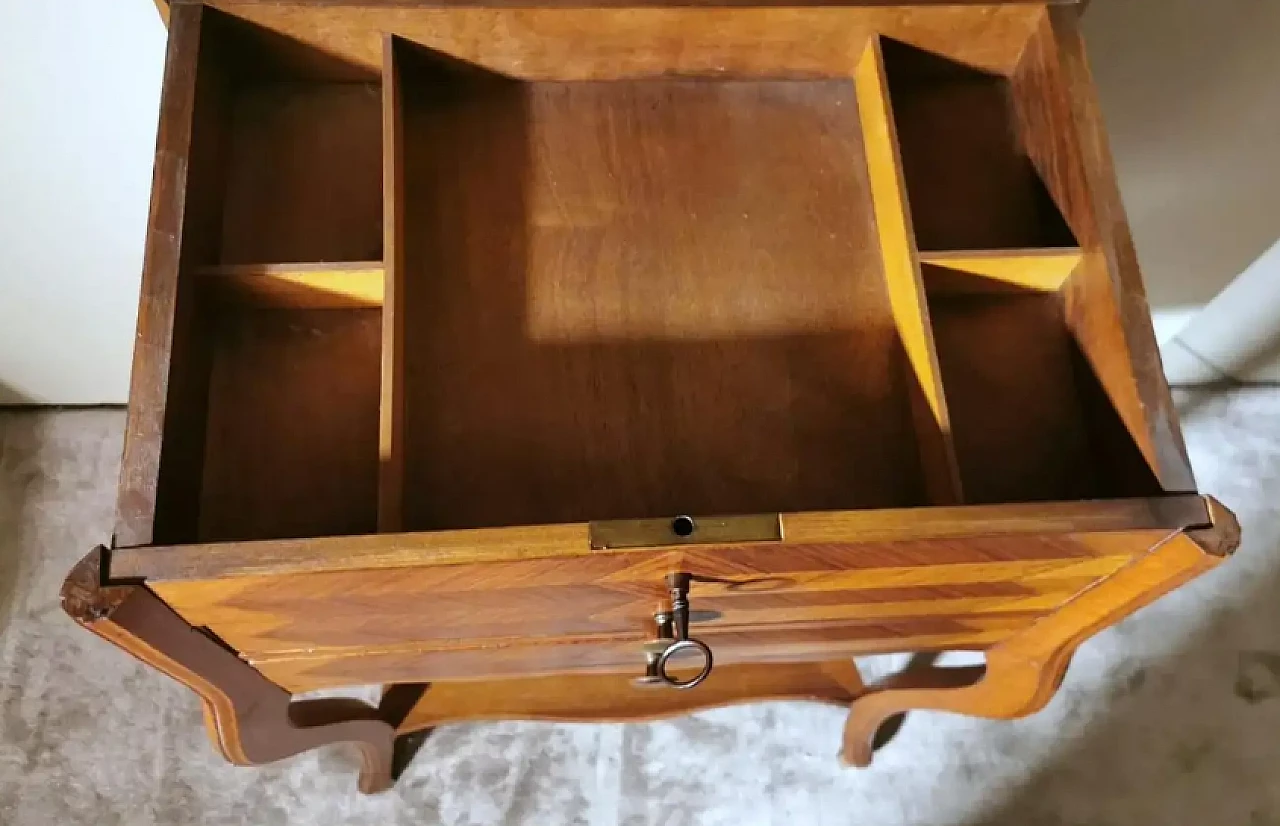
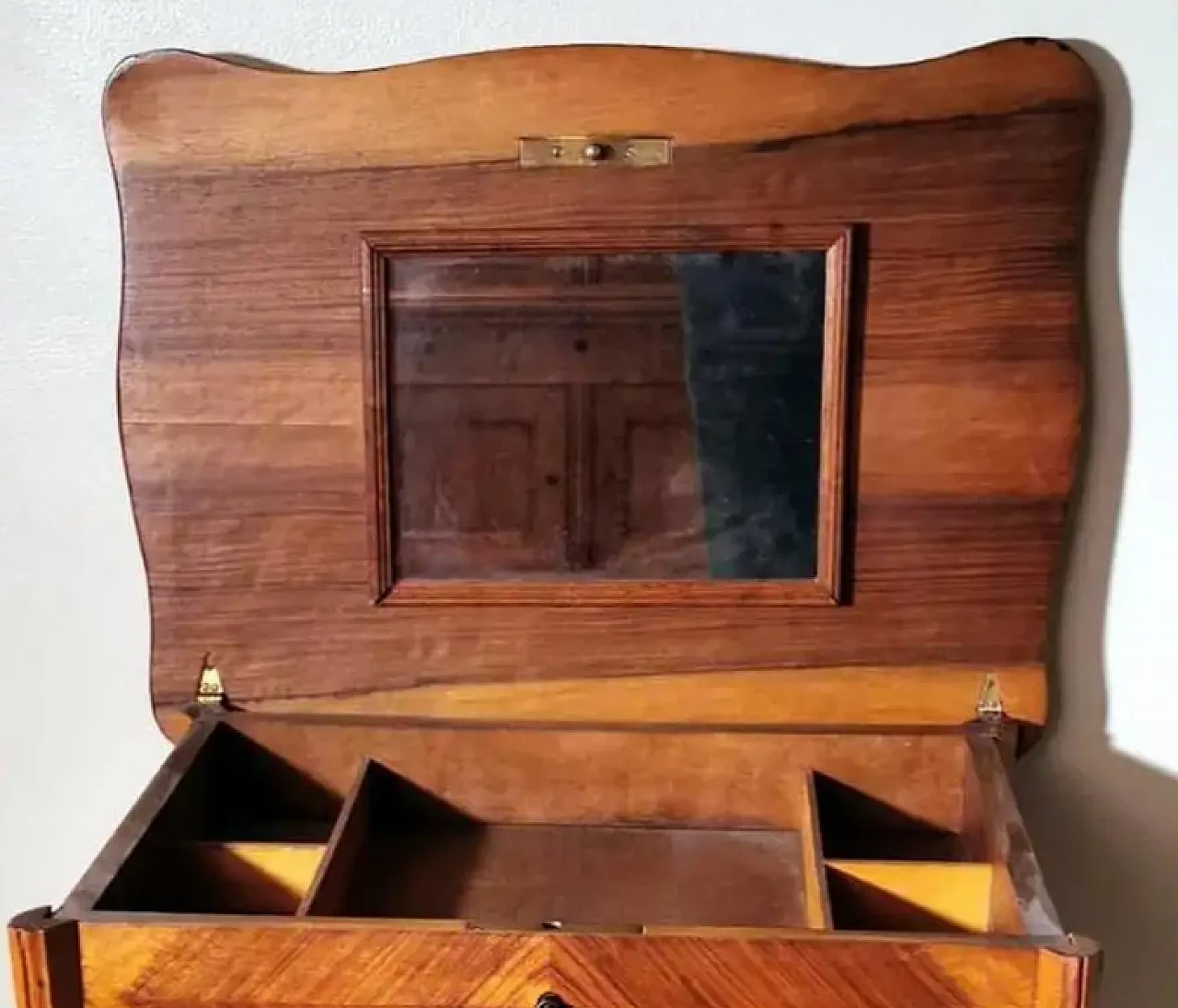
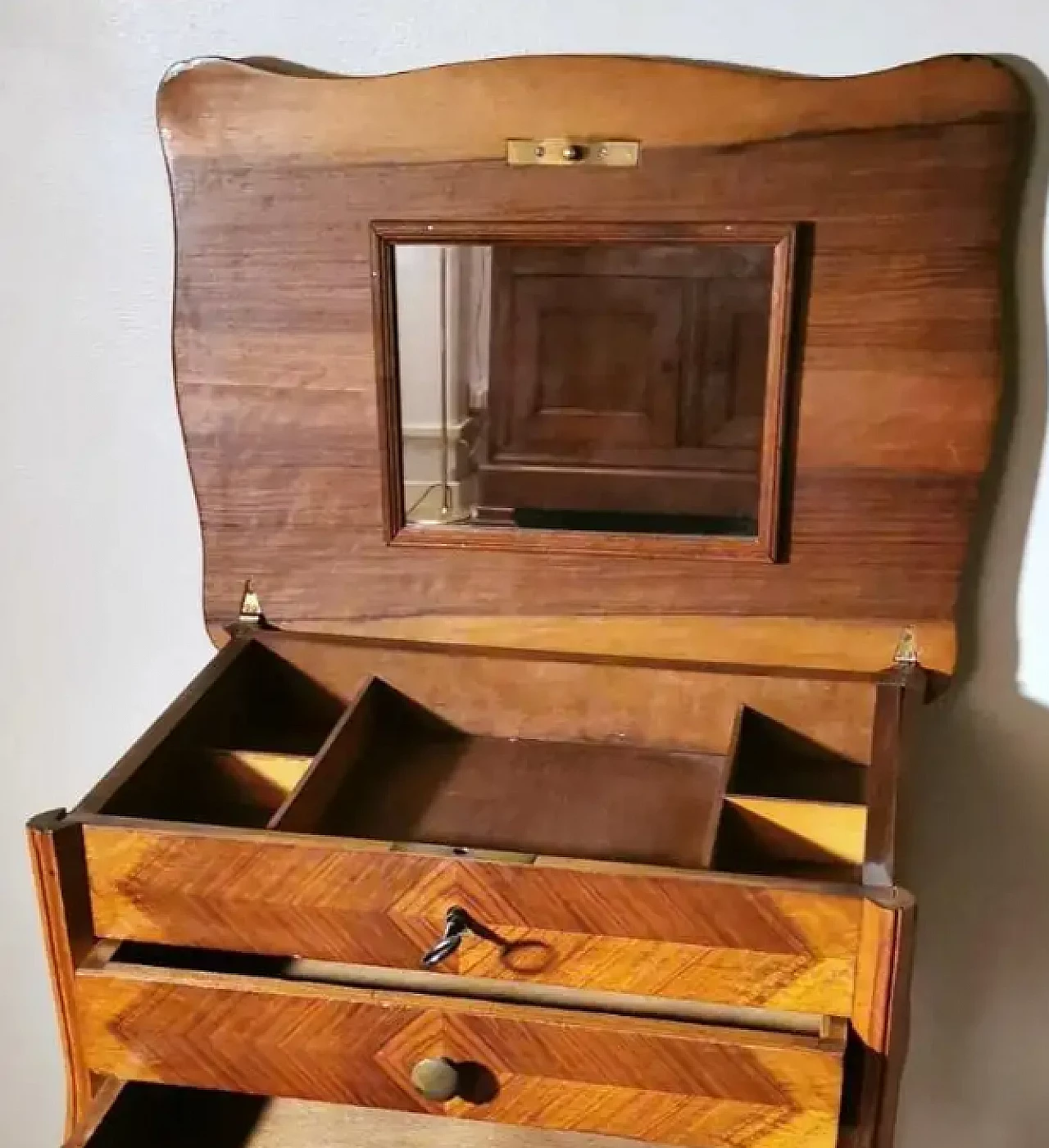
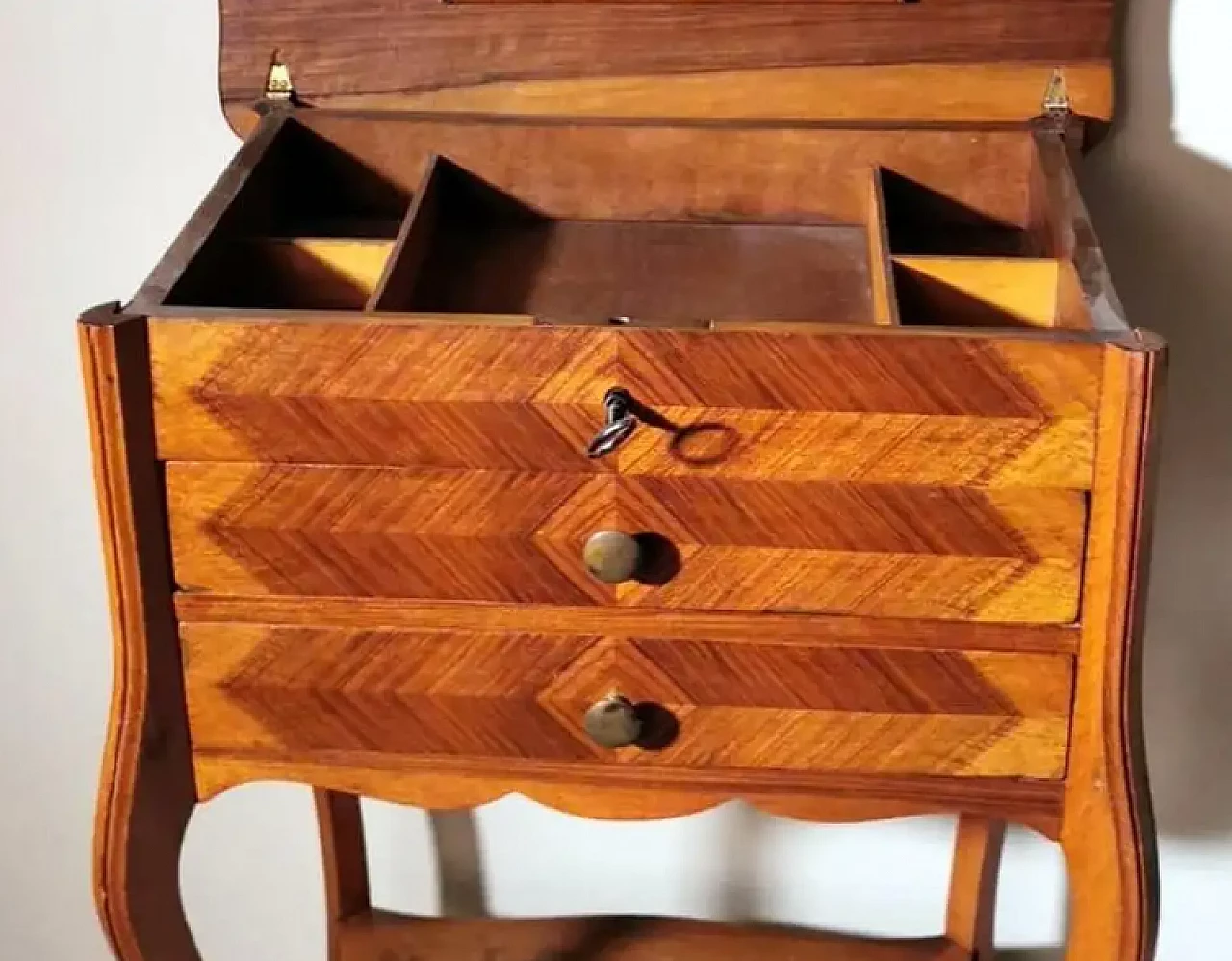
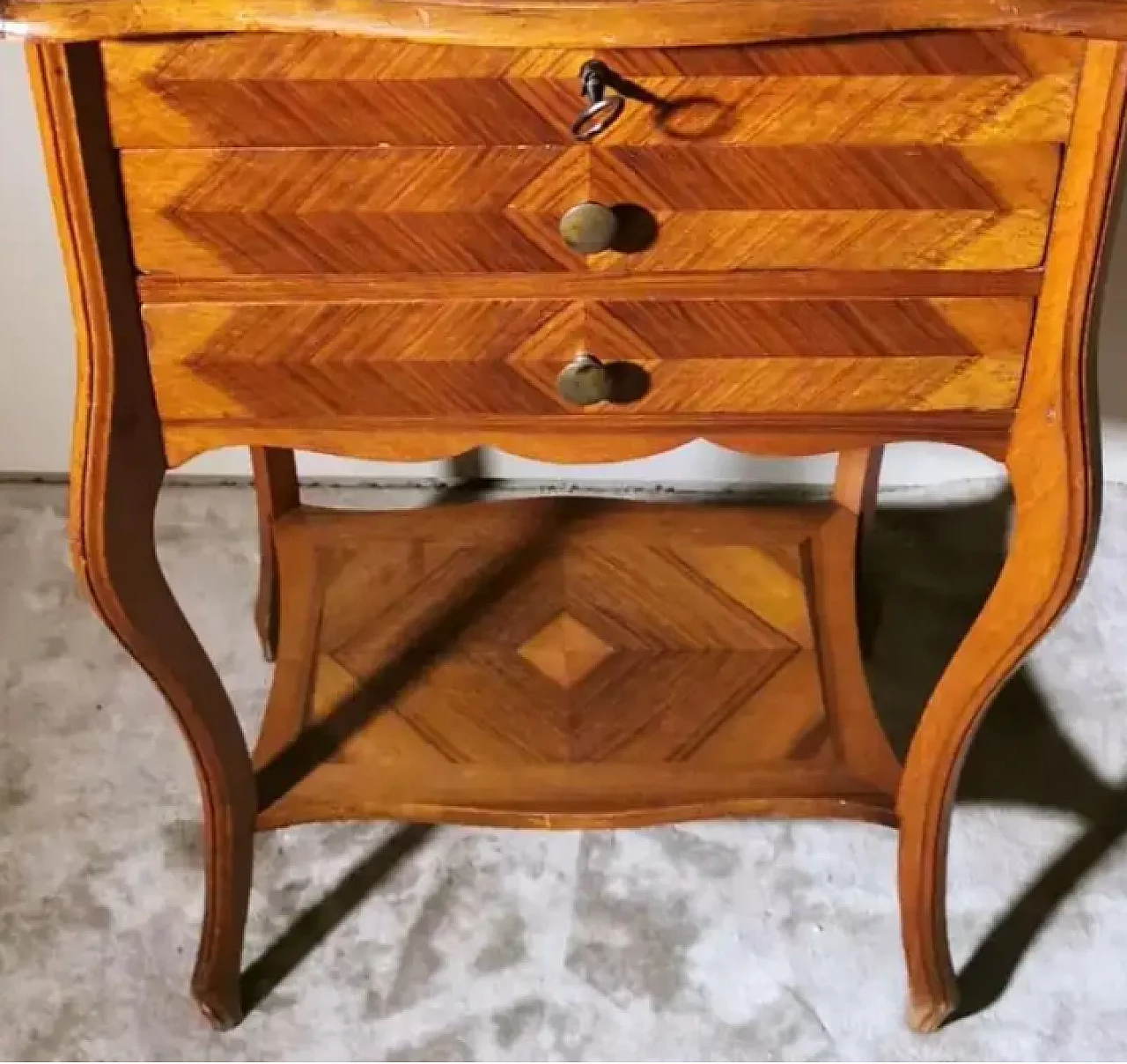
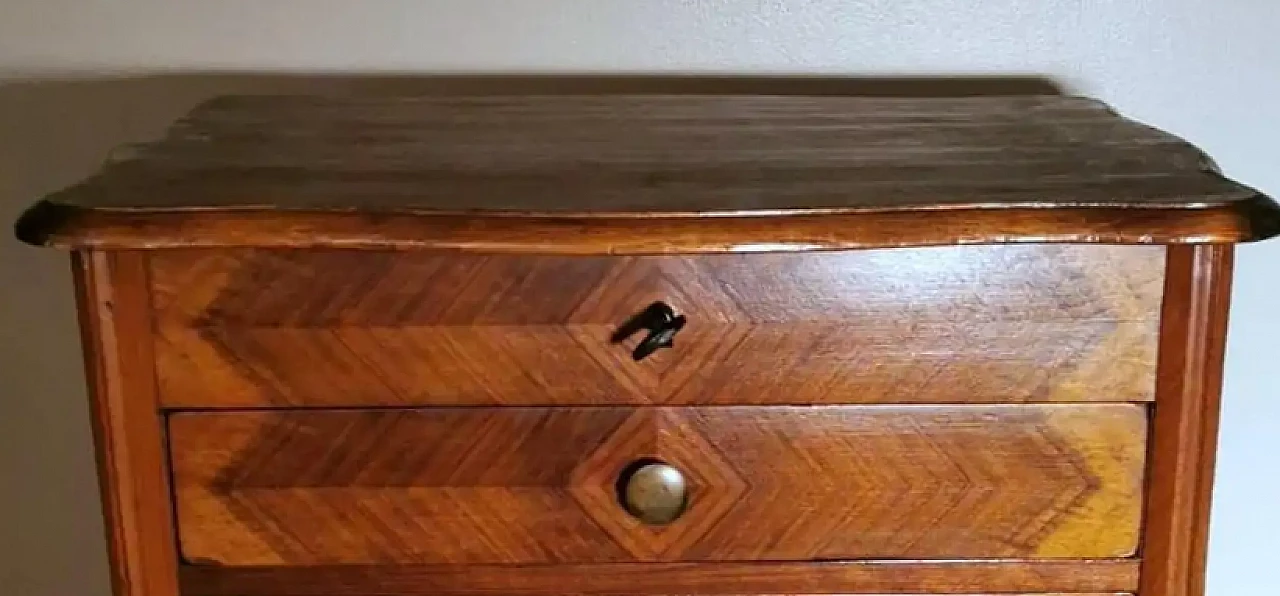
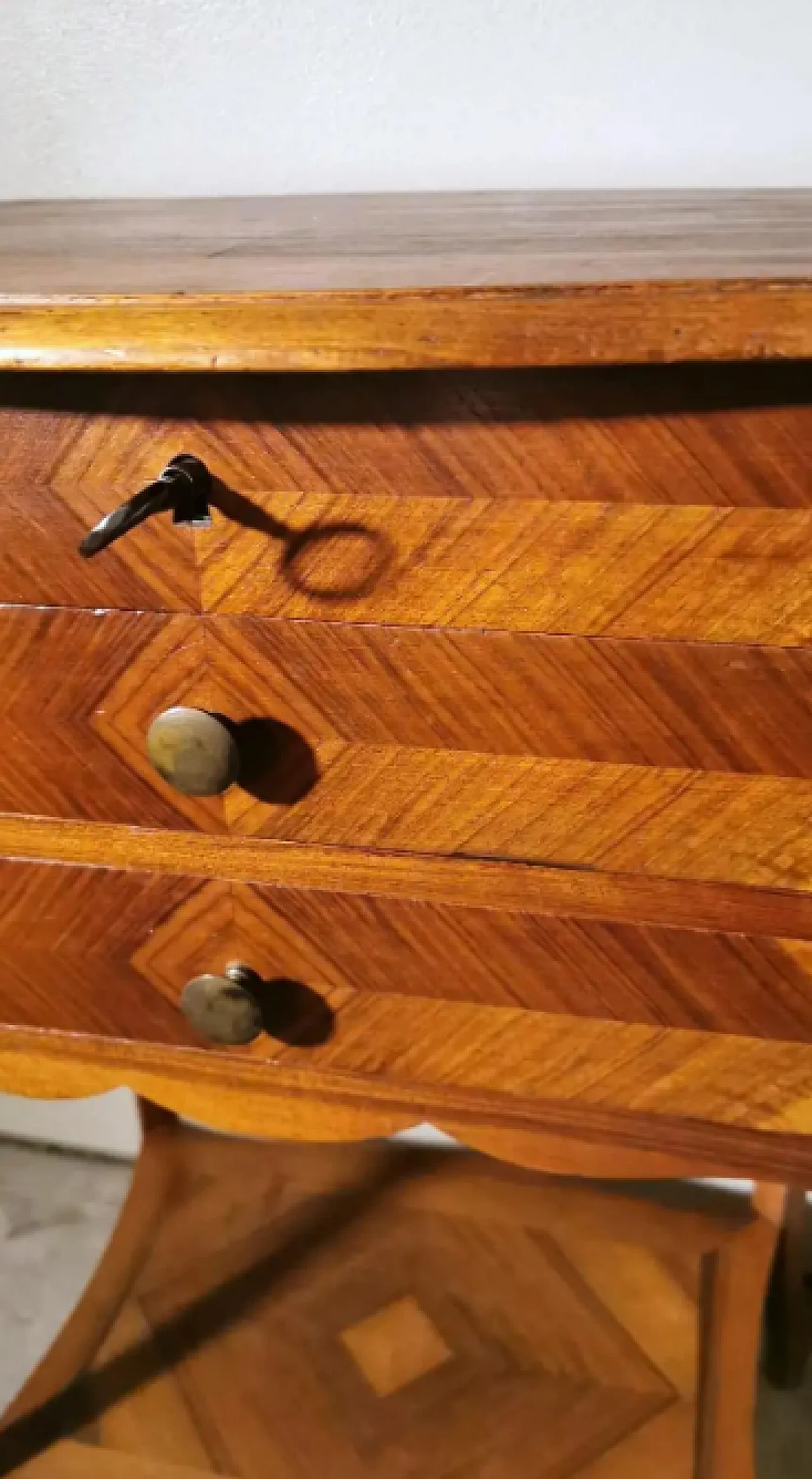
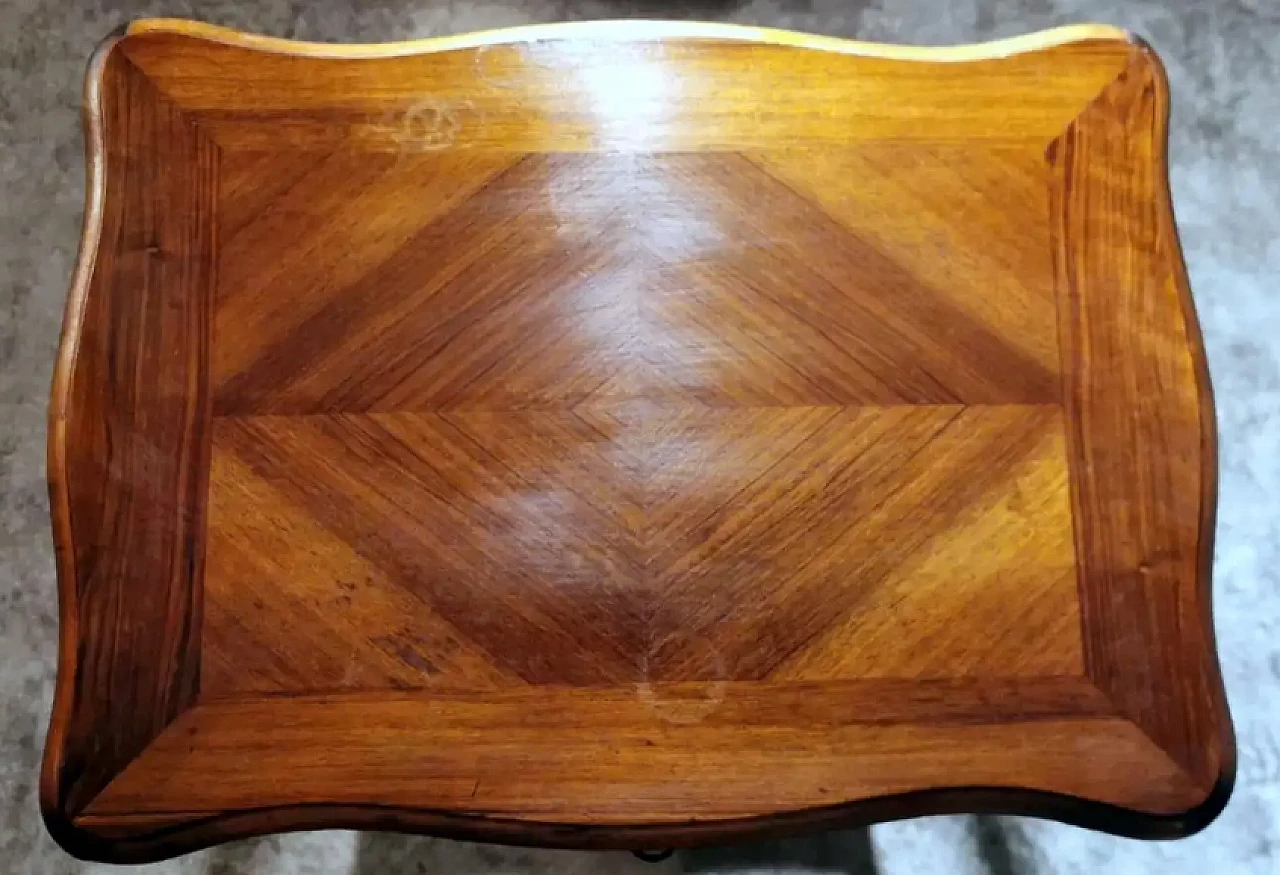
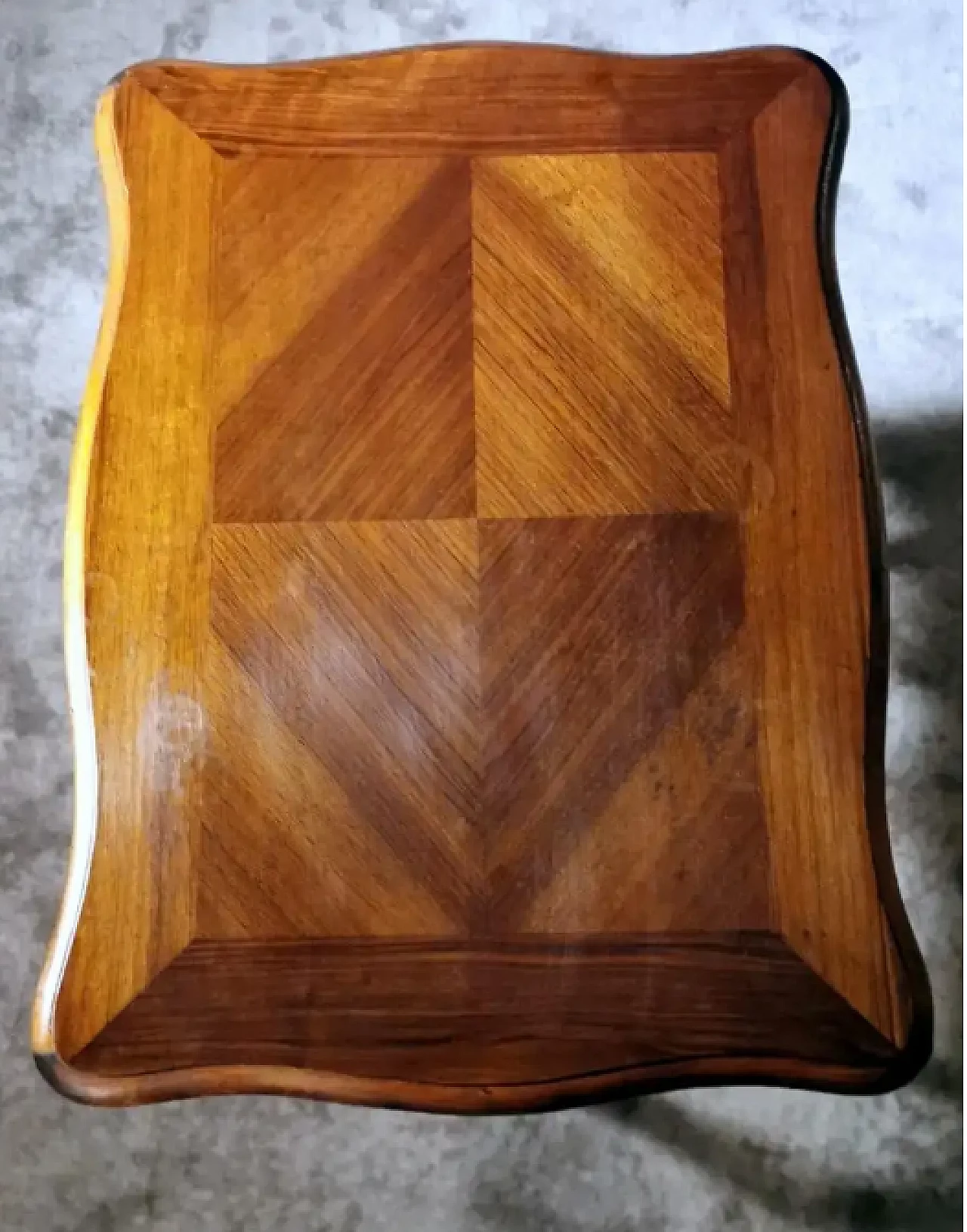
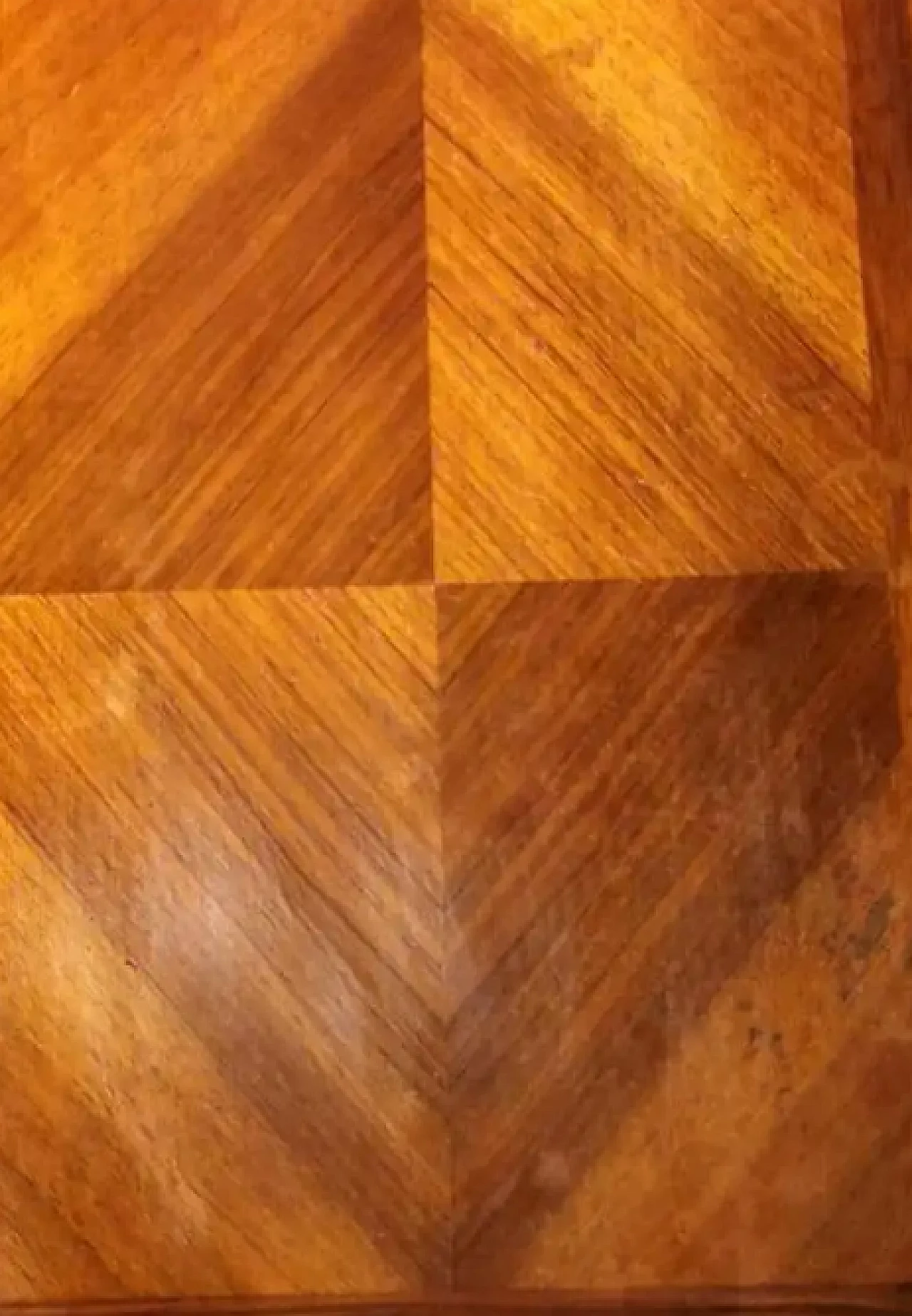
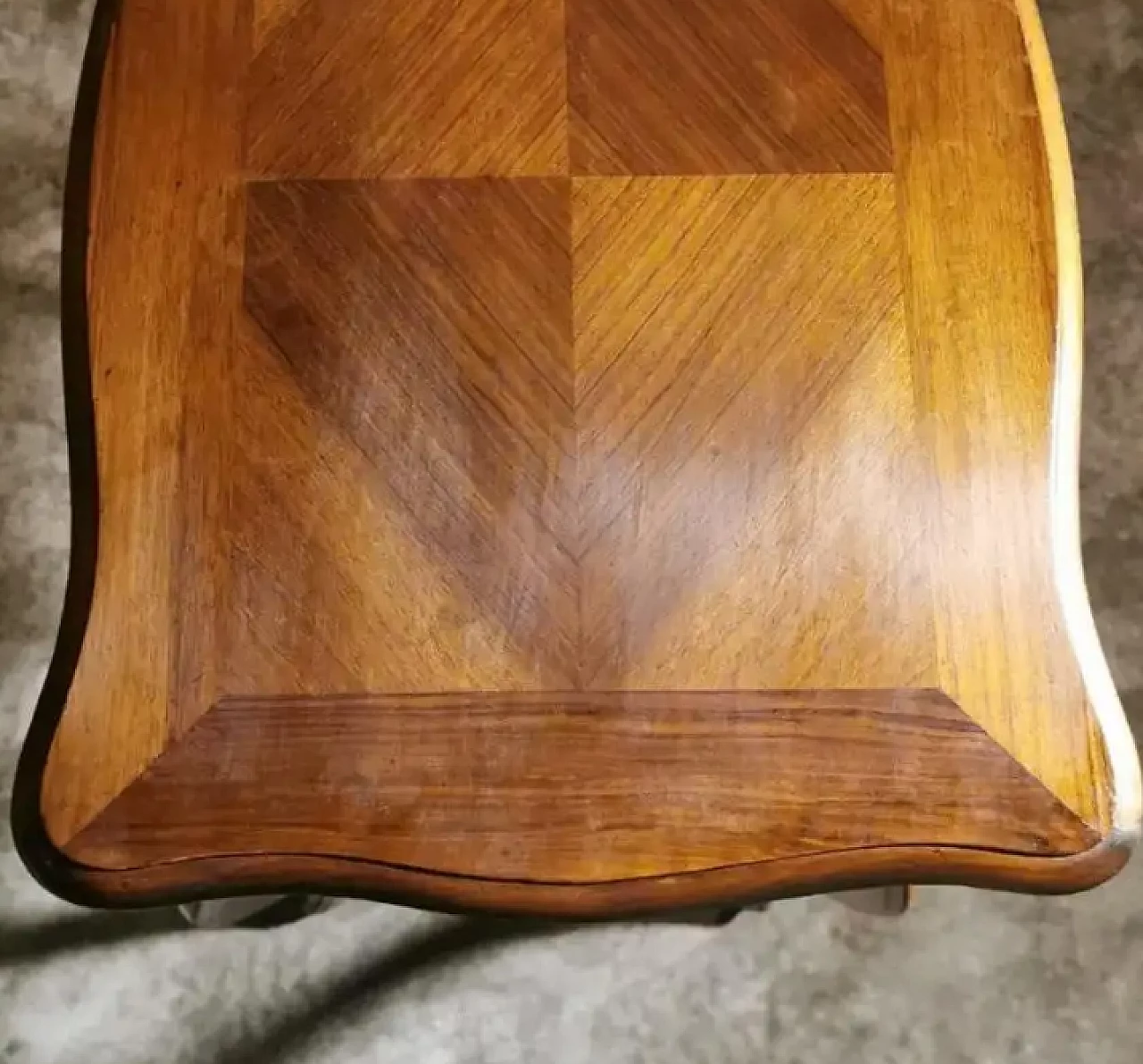
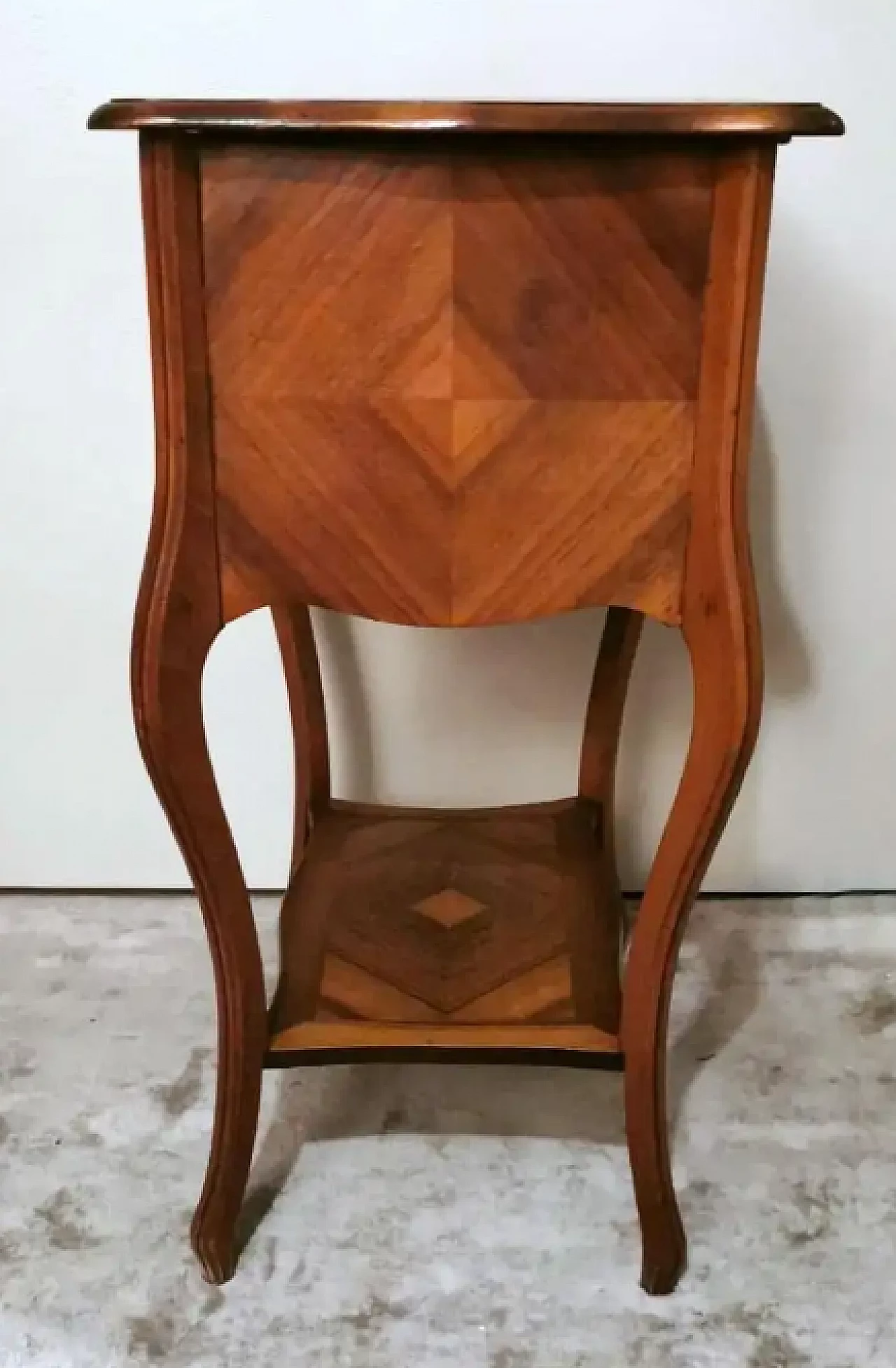
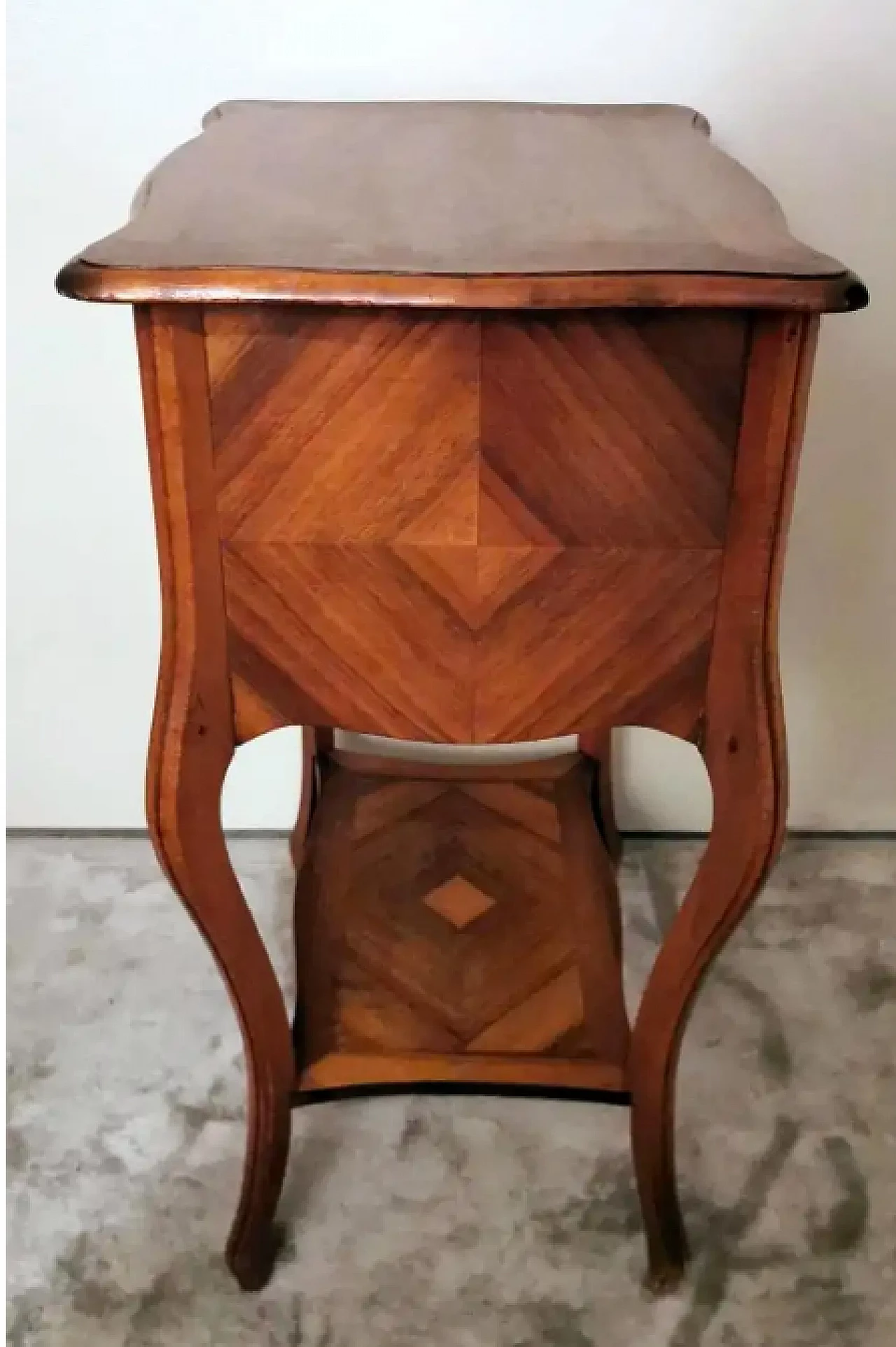
 SILVER Seller in Prato, Italy
SILVER Seller in Prato, Italy






.png)







